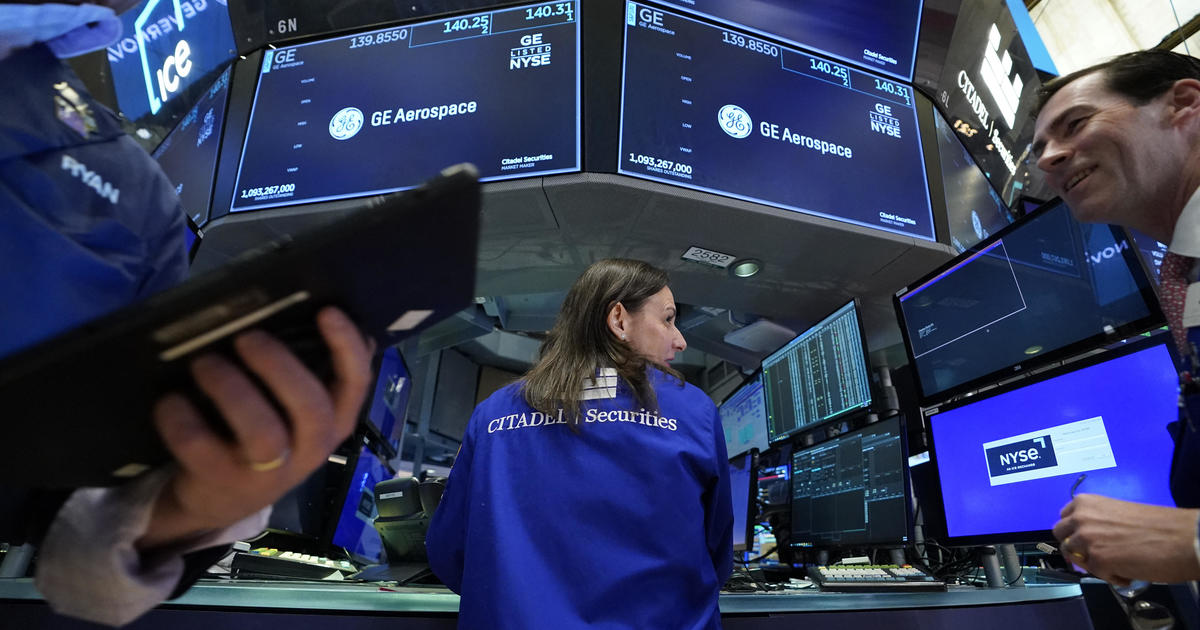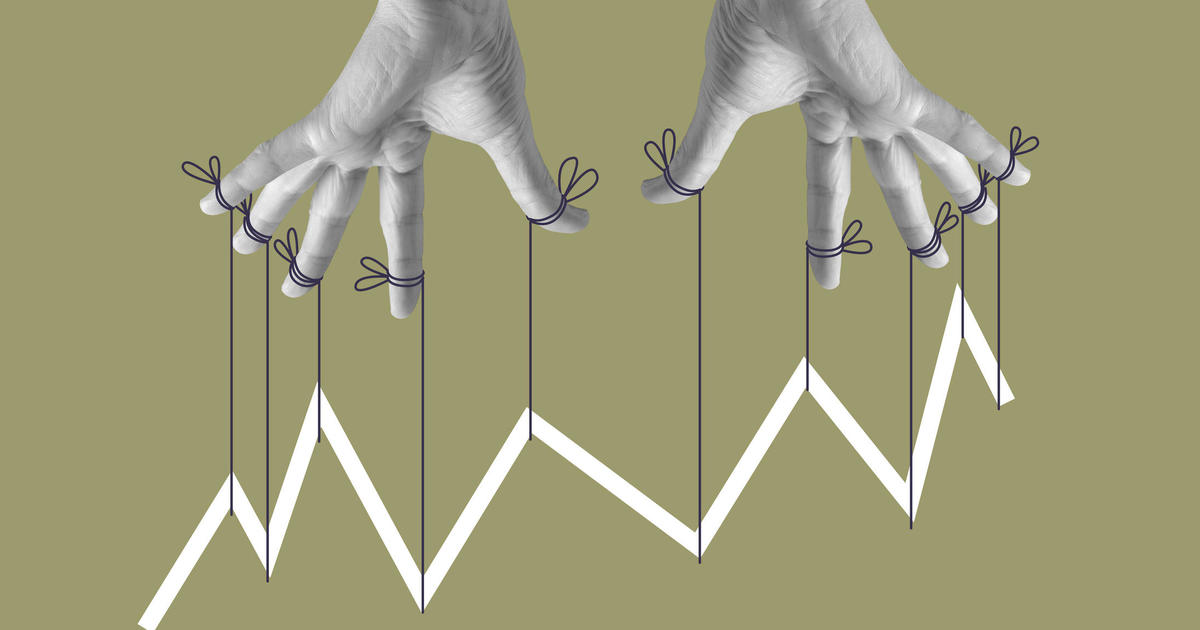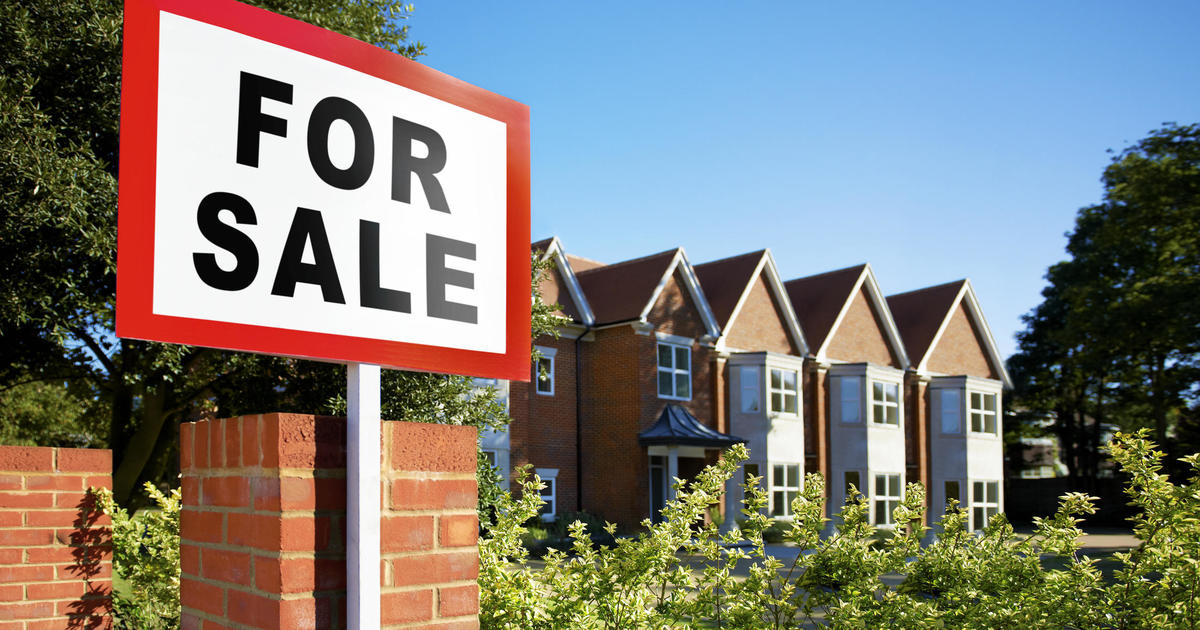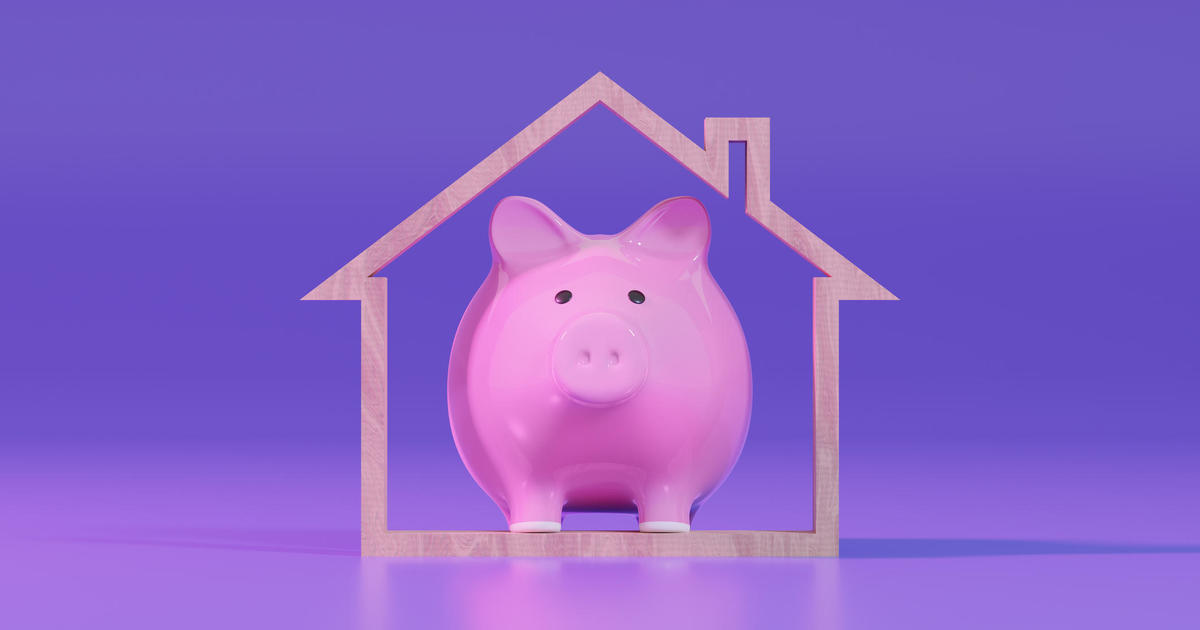U.S. gas prices highest in 7 years, up 40% since January
American motorists can expect to pay more to fill up their tanks at least through the end of August, according to AAA. The average price of gas nationwide has climbed to $3.13, a high for the year and up 40% since January 1.
And fuel costs aren't expected to drop anytime soon. "We believe it'll rise another 10 to 20 cents at the pump between now and the end of August," Jeanette McGee, a spokesperson for AAA, told CBS MoneyWatch.
The main factors behind the steep climb in gas prices: rising global oil prices, businesses reopening as COVID-19 eases across most of the U.S. and pent-up demand for travel, she added.
As Americans hit the road for the July 4 holiday, demand for gas around the U.S. hit a new peak since the coronavirus erupted in 2020, according to data by travel and navigation app GasBuddy. Nearly 44 million Americans were expected to travel by car during Independence Day weekend, AAA estimated.
Tuesday's national average gas price of $3.13 remains below the $3.70 reached in 2014, and Americans can expect prices to level off and decline in September, McGee said. The highest ever price for a gallon of regular gas was $4.11 in July of 2008, according to AAA.
Around the country, Idaho has seen the biggest spike in fuel prices over the last week, with gas costs jumping 10 cents, according to AAA. Other states seeing sharp increases of late: Alaska (up 9 cents); Colorado, Oregon and Washington (7 cents); Ohio, Utah and Wyoming (6 cents); and Montana and Nevada (5 cents). Mississippi has the cheapest gas, at $2.75 a gallon.
Americans may opt to eat out less or pick closer destinations because of higher prices at the pump, but the motor club estimates gas would have to climb to a national average of $3.50 or higher to stop people from traveling.
"People say at $3.25 they'll start making changes," according to McGee. "Keep in mind, California prices are well over $4 right now."
In Los Angeles, prices at the pump were a penny shy of a nine-year high of $4.33 a gallon, Patrick De Haan, head of petroleum analysis for GasBuddy, tweeted.
"For now, with imbalances in supply and demand continuing, motorists will continue digging deeper to pay for gasoline, as prices are likely headed nowhere but up until global supply starts to catch up with the surge in demand," De Haan said in a statement.
Underlying that climb is crude's move to a six-year high as a dispute between Saudi Arabia and the United Emirates derailed talks to boost oil production by the Organization of Petroleum Exporting Countries and its allies.
"The failure of oil producer club OPEC and its non-affiliated partner Russia to reach an agreement to increase supply has pushed spot prices for Brent crude oil into the high $70s per barrel, levels not seen since 2018," energy analysts at Eurasia Group wrote Tuesday in a client note.
Access to affordable and reliable energy including fuel is viewed as central to the economic recovery, prompting the Biden Administration to urge compromise. The White House's stance "highlights the middle road that the administration needs to walk, balancing affordability and traditional industry economic drivers with transition to sustainable/renewable sources," Height Securities analyst Benjamin Salisbury wrote in a report.
Separately, AAA's McGee urges motorists to remain calm should they encounter a filling station covered with a bag indicating low or no fuel, explaining a shortage of fuel tank drivers is delaying some deliveries. But the impact is limited and "not really impacting gas prices, so don't panic as there is plenty of supply in the United States," she said.
In May, some motorists resorted to hoarding gasoline after a ransomware attack took a major pipeline out of commission.



